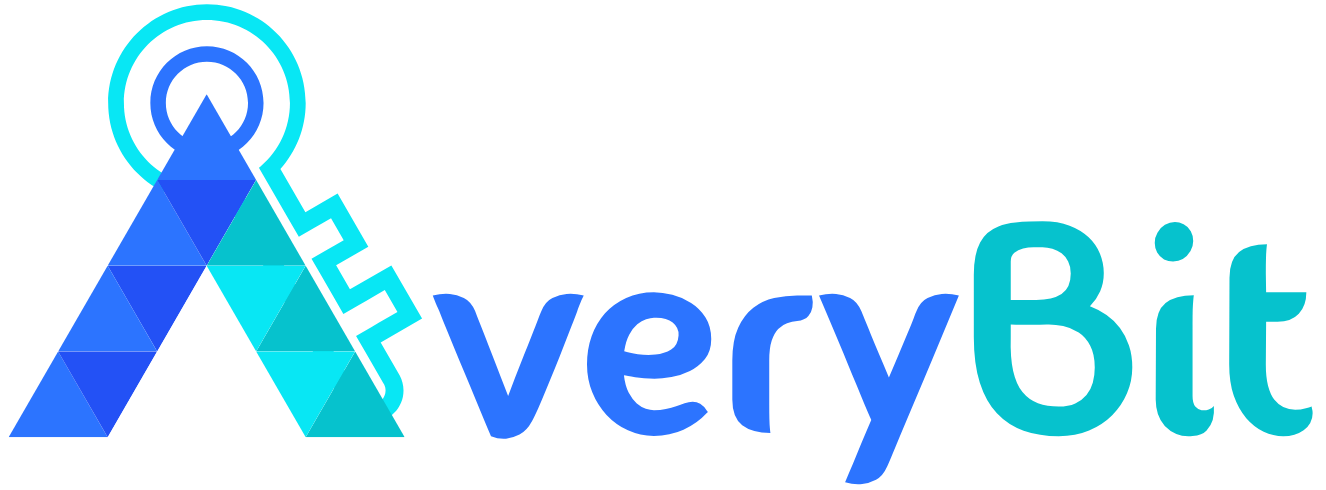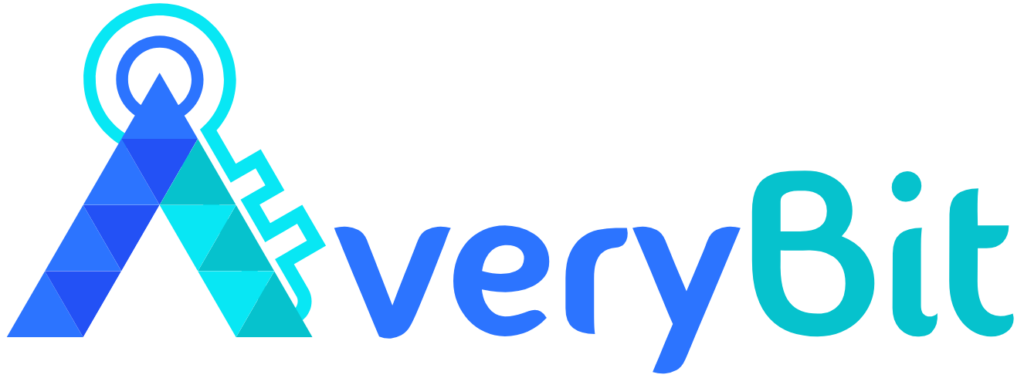Are you an entrepreneur with a brilliant idea for a wellness app, but not sure where to start? Look no further, as we have the ultimate guide to turning your idea into a reality. In today’s fast-paced world, more and more people are seeking ways to improve their physical and mental well-being through the use of technology. Developing a successful wellness app can not only help individuals lead healthier lives, but also provide a lucrative business opportunity. However, navigating the app development process can be overwhelming without the right guidance. That’s where we come in. In this step-by-step guide, we will walk you through the essential stages of creating a wellness app, from conceptualization and design to development and marketing. So, let’s dive in and transform your idea into a thriving app that enriches lives and boosts your business.
Understanding the market demand for wellness apps
- Understanding the market demand: The first step in creating a successful wellness app is understanding the market demand. Research shows that the global wellness app market is growing rapidly, with more and more individuals turning to technology to improve their well-being. Whether it’s fitness tracking, meditation, sleep monitoring, or nutrition planning, wellness apps offer a wide range of solutions for various wellness needs. To ensure your app stands out in this competitive market, it’s crucial to identify the unique value proposition it offers. What problem does your app solve? How does it differentiate itself from existing solutions? By answering these questions, you can gauge the market demand and potential for your wellness app.
- Identify target audience: Identifying the target audience for your wellness app is another important aspect of understanding the market demand. Different age groups, demographics, and lifestyles have different wellness needs. For example, a wellness app targeting millennials may focus on fitness and mental well-being, while an app targeting seniors may prioritize mobility and chronic disease management. By defining your target audience, you can tailor your app’s features, design, and marketing strategy to meet their specific needs and preferences. Conducting thorough market research is crucial in this step to ensure you have a deep understanding of your target audience and their pain points.
- Trends & market analysis: Conducting market research for your wellness app is essential to gather insights about your competitors, industry trends, and user preferences. Start by analyzing existing wellness apps that target a similar audience or offer similar features. What are their strengths and weaknesses? How can you differentiate your app? Additionally, keep an eye on emerging trends in the wellness industry. Are there any new technologies or approaches that can enhance your app’s functionalities? Finally, don’t forget to gather direct feedback from potential users. Conduct surveys, interviews, or focus groups to understand their preferences, pain points, and expectations from a wellness app.

Defining the features and functionalities of your wellness app
Once you have a clear understanding of the market demand and your target audience, it’s time to define the features and functionalities of your wellness app.
- Core features: Start by developing a list of core features that align with your app’s unique value proposition. These features should address the pain points of your target audience and provide value that sets your app apart from competitors. For example, if your app focuses on fitness tracking, essential features may include step counting, workout logging, and progress tracking. Additionally, consider incorporating gamification elements, social sharing capabilities, or personalized recommendations to enhance user engagement and retention.
- Validate Product: After defining the core features, prioritize them based on their importance and feasibility. Not all features may be viable within your budget and timeline, so it’s crucial to focus on the must-have features that provide the most value to your users. Consider creating a Minimum Viable Product (MVP) that includes the essential features and can be launched quickly to gather user feedback and validate your app’s concept. This approach allows you to iterate and improve your app based on real user insights, ensuring that you are delivering a solution that truly meets user needs.
- Create Wireframe: Creating a wireframe and user interface design for your wellness app is the next step in the development process. A wireframe is a visual representation of your app’s structure and layout, showcasing the placement of various elements and features. It acts as a blueprint for your app’s user interface design. When designing the user interface, prioritize simplicity, intuitiveness, and consistency. Users should be able to navigate and use your app with ease, without encountering any confusion or frustration. Consider using color psychology and visual hierarchy techniques to guide users’ attention and enhance their overall experience. Additionally, ensure that your app’s design is responsive and compatible with various devices and screen sizes.
- Chose technology stack: Choosing the right technology stack for your wellness app is crucial for its performance, scalability, and security. The technology stack refers to the combination of programming languages, frameworks, libraries, and tools used in app development. Consider factors such as your app’s requirements, scalability needs, and development team’s expertise when selecting the technology stack. For example, if your app requires real-time data syncing or complex calculations, a backend framework like Node.js may be suitable. On the other hand, if your app needs a visually appealing and interactive user interface, front-end frameworks like React or Flutter can be considered. Additionally, prioritize security measures to protect user data and comply with privacy regulations.
- Development: Developing the backend and frontend of your wellness app is the next stage in the process. The backend refers to the server-side components responsible for data storage, processing, and business logic, while the frontend is the client-side interface that users interact with. It’s crucial to ensure seamless communication and synchronization between the backend and frontend to provide a smooth user experience. Work closely with your development team to implement the defined features, design, and technology stack. Regularly test and review the progress to catch any bugs or issues early on. Additionally, consider incorporating analytics and tracking tools to gather valuable insights about user behavior and app performance.
- Testing and debugging: Testing and debugging your wellness app is a critical step before launching it to the market. Thoroughly test your app for both functionality and usability. Check for any technical issues, such as crashes, slow loading times, or broken links. Additionally, conduct user testing to gather feedback on the app’s ease of use, intuitiveness, and overall experience. Address any issues or concerns raised during testing to ensure your app is ready for a successful launch. Consider implementing an agile development approach, where you continuously iterate and improve your app based on user feedback and market trends.
- Launch & marketing: Launching and marketing your wellness app is the culmination of your hard work and preparation. When launching your app, ensure that it is available on popular platforms such as the App Store and Google Play Store. Develop a comprehensive marketing strategy that includes app store optimization, social media marketing, influencer partnerships, and targeted advertising. Leverage the power of content marketing by creating valuable blog articles, videos, or podcasts that educate and engage your target audience. Consider offering a free trial or limited-time promotional offers to attract new users and encourage them to spread the word about your app.
- Monitoring and optimizing the performance of your wellness app is an ongoing process that ensures its success in the long run. Regularly analyze key performance indicators (KPIs) such as user engagement, retention rate, conversion rate, and revenue. Use analytics tools to gather insights about user behavior, app usage patterns, and popular features. Based on these insights, continuously optimize your app by identifying areas for improvement, adding new features, or enhancing existing functionalities. Stay updated with industry trends and user feedback to ensure your app remains relevant and competitive.
Conclusion
In conclusion, developing a successful wellness app requires careful planning, market research, and a user-centric approach. By understanding the market demand, identifying your target audience, defining the features, and creating an intuitive design, you can lay a solid foundation for your app’s success. Choosing the right technology stack, developing the backend and frontend, and thoroughly testing your app are essential steps in ensuring its performance and user satisfaction. Finally, launching and marketing your app, and continuously monitoring and optimizing its performance, will help you stay ahead in the competitive wellness app market. With dedication, innovation, and a user-first mindset, you can turn your idea into a reality and create a wellness app that makes a positive impact on people’s lives.






